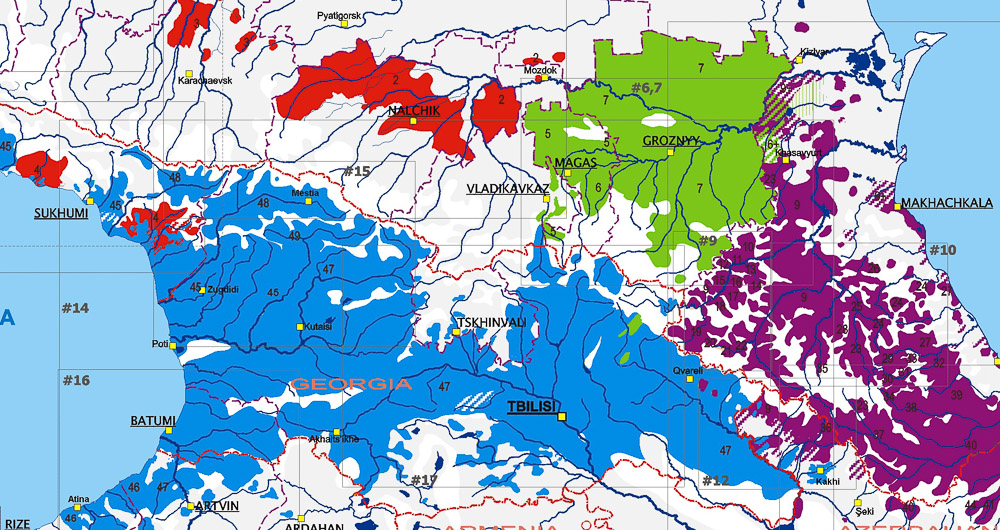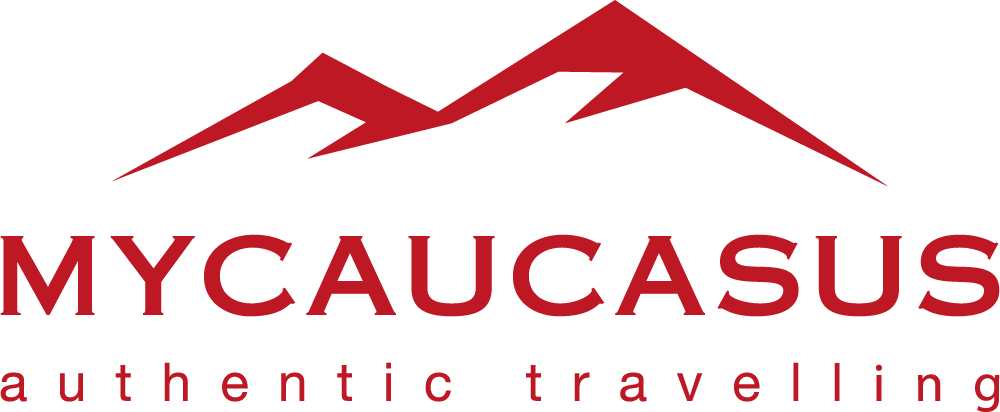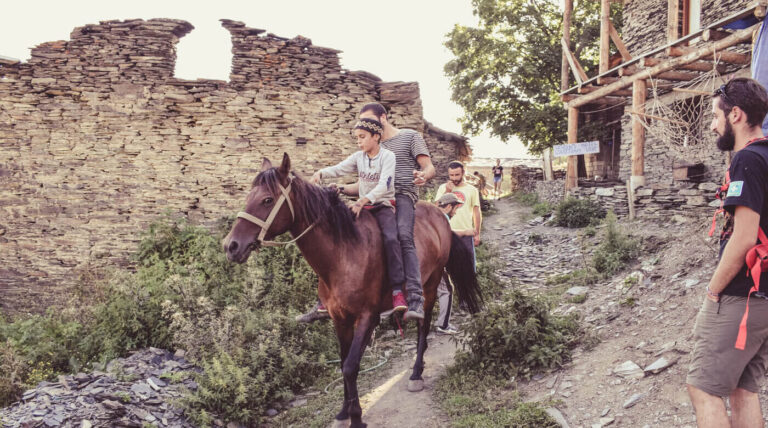Why Georgian and Russian are not related
Many people in Georgia – especially the older ones – still understand Russian and speak the language quite well. No wonder: Georgia has been conquered, oppressed, and occupied for more than 200 years by the Russian Empire and the Soviet Union. Even today, the Russian Federation occupies 20% of the country’s territory.
For Georgians, however, Russian is a foreign language they had to learn at school (which most people nowadays don’t do anymore). Geographical proximity to Russia is not an advantage: From a linguistic point of view, Russian is just as far away from Georgian as Chinese, English, or almost any other language in the world.
Neither Indo-European nor Turkic language
Most languages in Europe and the Near East belong to the Indo-European language family. These include languages such as English, German, French, Italian, Portuguese, Serbian, Albanian, Greek, Czech, Russian, Bulgarian, Armenian, or Persian (Iran), all of which are related to each other in a certain form. There are also three languages in Europe, Hungarian, Finnish, and Estonian, which belong to the Uralic language family. The third common language family in Europe is Turkish, which includes Turkish and Azerbaijani, for example. Apart from the isolated Basque language, all European languages belong to only three language families. All of them? Not quite, Georgian is still missing!
What is the Georgian language related to?
Georgian belongs to the South Caucasian language family, which is partly also called the Carthusian language family. In addition to Georgian, it also includes the languages Mingrel, Lasic, Swan, and Judeo-Georgian, the language of Georgian Jews. With almost 5 million speakers, Georgian is the most widely spoken South Caucasian language. The other four languages have significantly fewer speakers:
- Megrelian: approx. 500’000
- Laz: approx. 22,000 to 250,000
- Judeo-Georgian: approx. 70’000
- Swan: approx. 15’000 to 30’000
So it’s clear: The only languages related to Georgian are Mingrel, Lasic, Judeo-Georgian, and Swan. The Georgian language is therefore not related to any official language of a neighboring country: Turkish and Azerbaijani are Turkic languages, and Armenian and Russian are Indo-European languages.
The Caucasus is home to 40 languages
Even the other Caucasian languages are not related to Georgian. For example, Abhazian, Abasinian, Circassian, Kabardinian, and Adygean belong to the Northwest Caucasian languages. And anyone who thinks “Wow, there are quite a few languages in the Caucasus” should be told that this was far from all. There is another language family in the comparatively small area of the Caucasus: that of the North-East Caucasian languages.
Among them are Chechen, Ingush, Andish, Awarish, Didoish, Lakish, Darginish, Lesgish, Tabassaran, Batsish, and various other small languages. The three Caucasian language families comprise 40 languages spoken by a total of 9 million people.

Facts about the Georgian language
- Official language in: Georgia
- Popular in: Armenia, Azerbaijan, Turkey, Greece, Iran, Russia
- Spokesman: 4 to 5 million
- Alphabet: Mkhedruli
- Letters: 33
- Consonants: 28
- Vocals: 5
- Cases: 7 (Nominative, Dative, Genitive, Instrumental, Adverbial Vocative, and Ergative)








